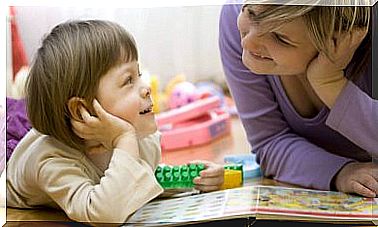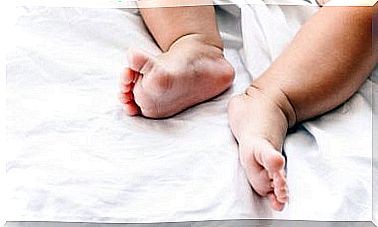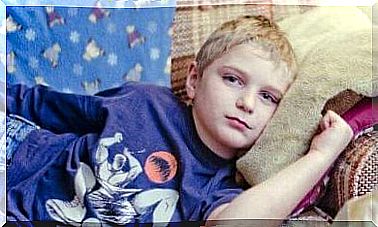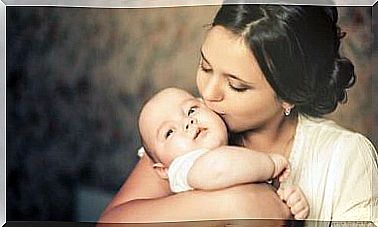Motor Skills In Your Baby: How To Stimulate You
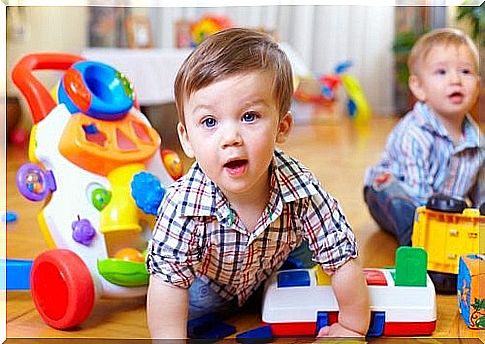
Stimulation of a baby’s motor skills at an early age promotes their psychomotor development. Psychomotor development begins when children open their eyes to the world; but not everyone develops their motor skills at the same time.
Many children lift their heads, turn in bed, crawl, pick up objects, and turn them over or walk in front of others. So how do you stimulate your baby’s motor skills? The answer is simple: with training.
Exercises to stimulate the baby’s motor skills
Although all babies experience the phases in their own way, there are exercises that can awaken and increase control over their movements.
Below we explain a few exercises that help stimulate the baby’s motor skills.
Stimulation of cephalic control
To encourage children to lift their head and turn it from side to side, gently lay them upside down on a hard surface. Try with both hands to move their little head to the right, forward and to the left. Repeat the exercise in the opposite direction.
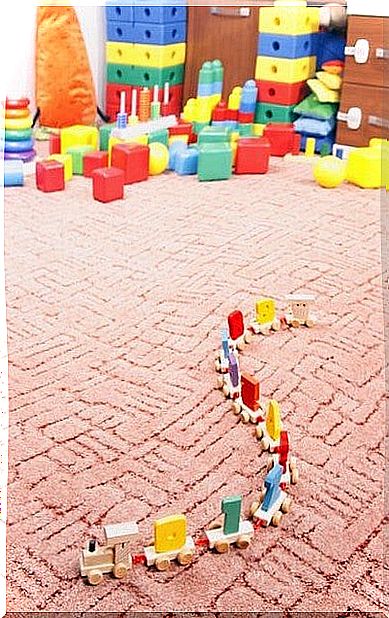
Another suggestion is that you place different kinds of toys with bright colors in front of and on both sides of where they lie upside down. As the colors will catch their attention, your baby will try to lift his head to observe them.
Both stimuli, along with head control, will strengthen their backs and make them recognize their upper limbs.
Stimulation to make them turn
Another step that a baby must overcome is to turn around. To achieve this, they must turn their head, lift their arms, cross a foot, and turn around. If they are in their cradle, then it does not matter whether they are lying on their backs or with their heads down.
This is the first exercise in their lives that requires coordinated movements. Therefore, it can be a bit difficult. But when they practice, the child will learn how to do it, and then they will master it completely.
Just like in the previous phase, you can place colored objects near them. The baby will try to turn around to grab the toys around them.
Stimulation to make them sit
To get the baby to sit, lay them on their backs on a firm surface. Then hold their hands and lift their upper body little by little until they reach a sitting position.
During this phase, the baby must learn to balance. Make them sit and hold on to their hips. This will strengthen their upper body, their neck and their back muscles.
Stimulation to make them crawl
All children crawl in different ways. There are some who never learn to do it the normal way: on all fours. But on the other hand, they crawl very fast on the floor, where they always move with a small foot forward.
But crawling is good progress, no matter what position your child takes on. Encourage them to crawl by placing them on all fours. First on a mattress and then on the floor.
Put them down on hard surfaces such as the floor. Place several toys close to them. The child will immediately realize that if they want to grab them, they need to lean forward and make an extra effort.
By crawling, the child begins to have control over his body and learn to move around the house to explore the place where they live.
Stimulation to make them go
Once your child has learned to crawl, you will gradually notice that the little skill becomes diminutive and that they in a way try to get up to grab ornaments and furniture in the home.
Our advice? Take advantage of their curiosity as in the earlier stages by placing colored objects over their heads. Encourage them with words so they can reach the objects and take them from your hands until they stand up.
Once your baby gets up and keeps the balance, they will be ready to take their first steps.
With this goal in mind, we recommend that you take them in your hands, place yourself behind them, and that with the tip of your feet you push their heels so that you evoke the sequence they should follow as they walk.
You can also say “one, two; et, to; one, two ”while putting one foot in front of the other. We guarantee you that this is an effective technique that the baby surprisingly wants to do often. Thereby they will learn to walk in a very short time.
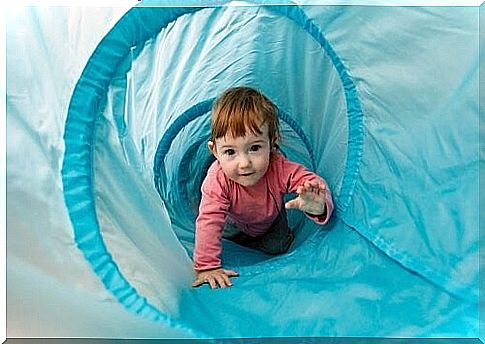
In the first few years of life, people acquire skills that shape them and allow them to adapt to the world around them. Similarly, these skills will be the starting point for other more sophisticated abilities.

